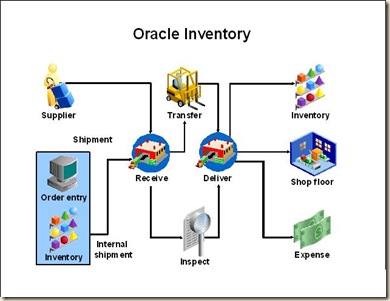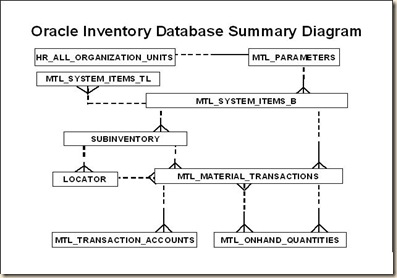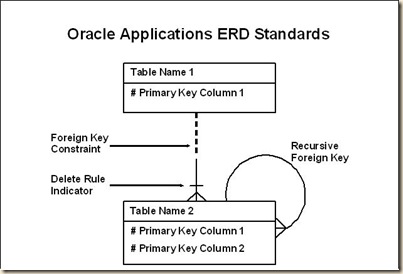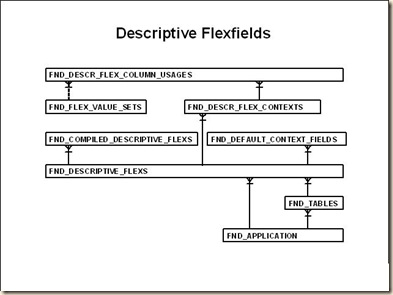Spatial Computing:
Picture this: You're designing a new product, but instead of sketches on a screen, a 3D model of it hovers in your living room. You walk around it, making changes on the fly. or imagine trying on a new outfit without leaving your house because a virtual version of it overlays perfectly on your body. These scenarios aren't just a sci-fi dream – they're the kind of experiences spatial computing is making possible.
But What IS Spatial Computing?
Think of it as the next evolution of how we interact with technology. Traditional computing has us glued to flat screens – laptops, phones, etc. Spatial computing breaks those boundaries, bringing digital information and experiences into our three-dimensional world.
The Magic Ingredients
A bunch of cool technologies work together to make this happen:
- Augmented Reality (AR): Think digital overlays on the real world through your phone or fancy glasses.
- Virtual Reality (VR): Those headsets that transport you to fully immersive digital environments.
- Mixed Reality (MR): The most advanced blending, where digital objects interact with your physical space in realistic ways.
- Sensors & Computer Vision: Cameras and sensors help devices 'understand' their surroundings.
- AI: Helps to process everything happening in a spatial computing experience.
Why This Is a Big Deal
Spatial computing isn't just flashy tech; it's poised to change how we do a TON of things:
- Designing and Making Stuff: Imagine engineers collaborating on a car prototype that feels 'real' in the room, or workers getting virtual instructions right in their field of view.
- Shopping Reimagined: Say goodbye to guesswork when trying on clothes or seeing how furniture fits your space.
- Learning by Doing: Medical students practicing surgery in a sim or exploring historical sites virtually.
- Gaming...But Upgraded: When your whole room becomes the game environment, its next-level immersion.
The Road Ahead
We're still early days, but the potential is HUGE. We'll need better hardware (lighter headsets, longer battery life), and intuitive experiences that feel natural to use. Thinking about privacy and accessibility is important too – how do we make sure everyone benefits from this tech responsibly?
Curious? Here's Where to Learn More:
What Is Spatial Computing: Unlocking the Future of Interaction! https://techlifewell.com/what-is-spatial-computing/
Spatial computing is about to get a lot more attention. If you're a designer, gamer, businessperson, or just plain tech-curious, this is one trend to watch!






